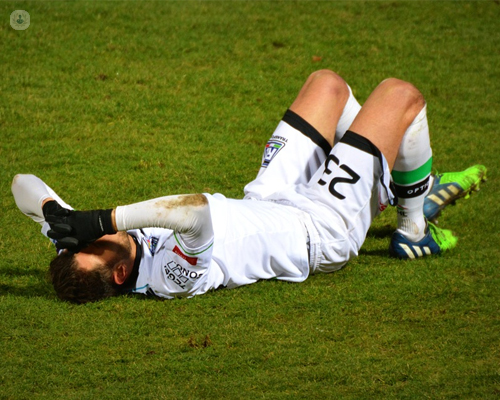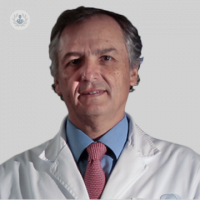New systems to repair an injury or deformity bone
Written by:Bone tissue is one of the elements of the human body with greater capacity for regeneration. Most people who have suffered a bone injury will have attended the physiological process of bone repair live; only between 8 and 10% of bone fractures , for various reasons, do not get repaired properly .
This makes it possible that after a serious fracture, if the fragments are recomposed and stabilized properly, already in the first weeks, the complex process of bone healing begins and after a few months the repair of the fracture is observed .

When orthopedic and orthopedic surgeons repair fractures or correct deformities, they do nothing but benefit from the regenerative capacity of the bone tissue .
Currently, we have many systems dedicated exclusively to perform bone repair in the most effective way possible for each type of fracture. There is all kinds of specific material for the repair of each bone : anatomical and moldable plates that adapt different types of screws depending on the type and consistency of the bone, nails of different shapes that attach locking systems to be able to dynamize or stabilize the mounts, external fixators with the ability to perform progressive corrections guided by computer programs, among many other devices designed with the most advanced technology and lighter and more resistant materials.
The latest advances: the intramedullary nail
Another step is the introduction of electronic technology in implants that are used for the reconstruction of bones. Today already exist intramedullary nails such as those used for the stabilization of fractures of long bones , which have an electronic mechanism connected to a mini-antenna that connects to a receiver placed under the skin, which upon receiving an impulse from a certain external source it can produce a controlled elongation of previously sectioned bone.
This type of nails are used to lengthen the bones in a more anatomical, less aggressive and with greater comfort for the patient; instead of using traditional techniques in which external fixators are used .
The device has been developed by a German firm and in Spain we are the only center where this type of implants are applied. After being the first to use it, 8 cases of bone elongation between 2.5 and 8 cm have already been successfully completed .
With these techniques it is usually not necessary to use any type of bone graft to help the regeneration of the elongated focus. Bone is formed progressively in the same way that bone is formed when a fracture has occurred and is properly immobilized.
In all the patients in whom this technique has been applied , the focus has been consolidated at an average of 1 cm / month and no complications have occurred.


